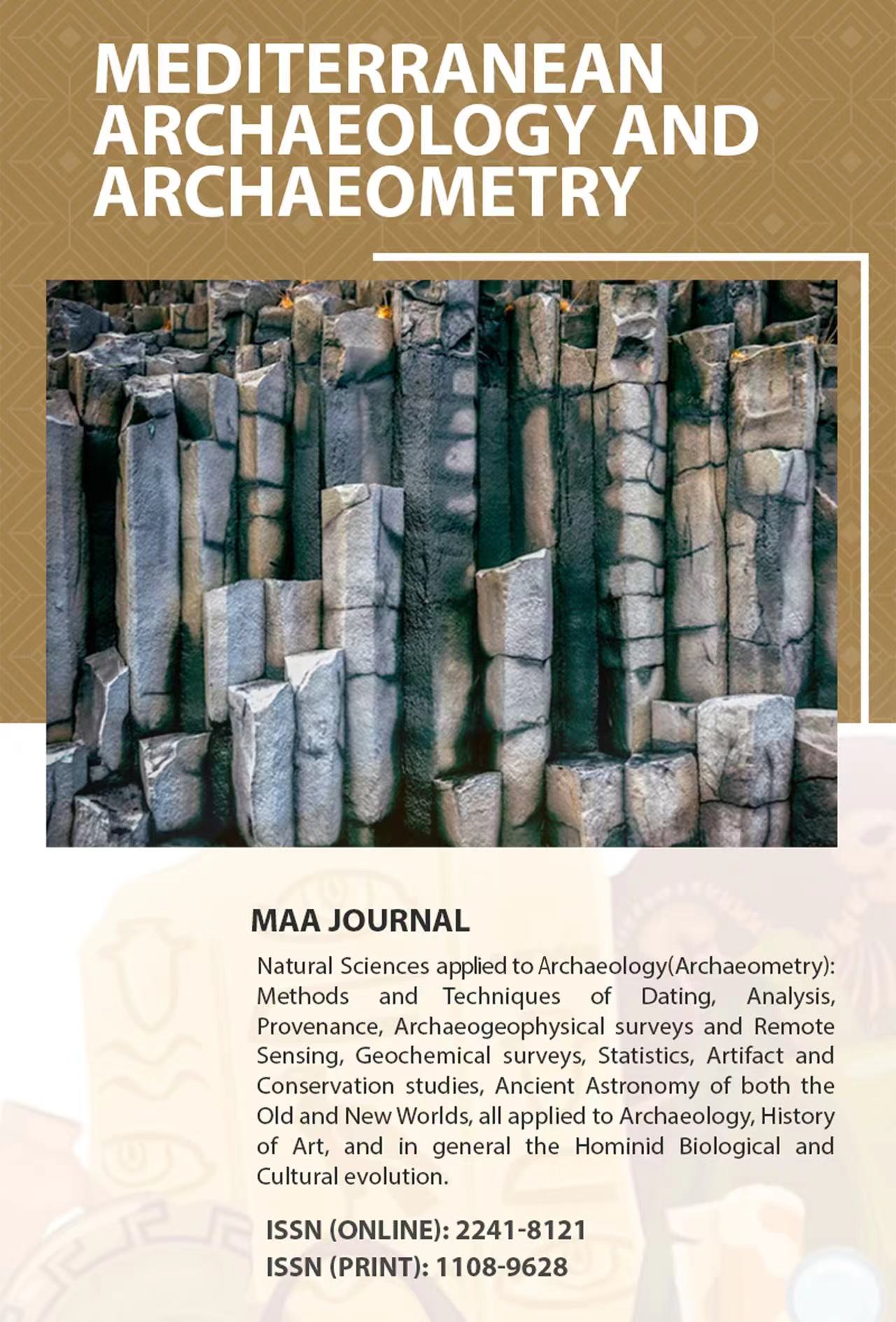EXPLORING THE ARCHAEOLOGICAL TREASURES OF THE SILK ROAD: TIBETAN ARTS AND CRAFTS, TRADITIONAL DECORATIVE PATTERNS, AND PATTERN SYMBOLS ANALYSIS
Keywords:
Silk road, Tibetan arts and crafts, cross-cultural interactions, artistic expression, archaeologyAbstract
The Silk Road, historically known as a complex web of trade routes connecting Asia, Europe, and Africa, served as a crossroads for cultural exchange and the confluence of various civilizations. Archaeological explorations along the Silk Road uncovered a gold mine of knowledge about ancient societies' material culture. The goal of the study was to perform a thorough investigation of Tibetan arts and crafts produced along the Silk Road by methodically cataloging, examining, and understanding traditional decorative patterns. It attempted to accomplish these goals in order to shed light on the significance of art and symbols in cross-cultural contacts and their long-lasting influence on world culture. The study meticulously documented Tibetan handicrafts through the use of archaeological studies, fieldwork, excavation procedures, and preservation techniques. Physical and digital libraries and archives required cataloging and inventory systems for data collecting and recording. Classification criteria and mapping procedures were used in the systematic cataloging of traditional ornamental patterns. Identification, documentation, and comparison were all parts of the examination of pattern symbols. Methodological approaches are used to conduct a comparative examination across cultural boundaries. The study's conclusions demonstrated the value of Tibetan art in maintaining native traditions while incorporating elements from adjacent civilizations. It emphasized how conventional ornamental designs served as a universal language that cut over linguistic boundaries and developed via intercultural contact. These patterns contained deep themes of power, connectivity, and purity that served as a bridge across the various Silk Road cultures. The comparative study highlighted the unity in diversity that typified this medieval trading network by revealing both the individuality and shared themes of symbols. By amassing a wealth of data on Tibetan arts and crafts, traditional decorative patterns, and pattern symbols, this study considerably aided in our comprehension of Silk Road art and culture. It demonstrated the Silk Road's significance as an active medium of cultural exchange and its continuing impact on modern art and culture around the globe. This research has broadened our understanding of the Silk Road's historical significance by shedding light on the connections between different cultures and the ability of art to cross borders.










